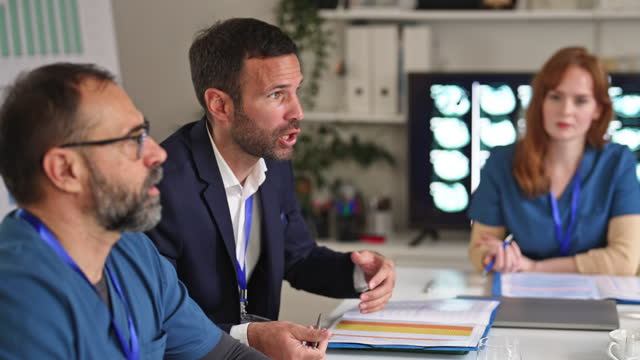Gina Temple: Different Leadership Styles and Qualities
istockphoto.com
Gina Temple: What are the Qualities and Styles of Leadership?
Today, Gina Temple shares the qualities and styles (or approaches) of leadership.
What does it take to be an effective and respected leader?
The ability to inspire others.
Being an influential leader isn't just someone who tells their team what to do; they're someone who motivates and inspires them to do their best work. If you can tap into your team's motivation and help them see the bigger picture, that's already a big part of becoming an effective leader.
The ability to empathize
Gina Temple mentions that a good leader isn't just someone who can see the world from their perspective; they're also someone who can understand as well as relate to the experiences of others. If you can put yourself in your team's shoes, you'll be able to better understand their needs and concerns.
The ability to make tough decisions
True leaders aren't afraid of making tough choices; they know that sometimes, sacrifices have to be made to achieve the goal. If you can make tough, calculated decisions without flinching, you'll prove to your team that you're a true leader.
The ability to delegate
The ability to delegate responsibilities and tasks to team members is developed over time and is essential in honing one's leadership qualities. It not only allows leaders to focus on more important tasks, but it also empowers their team and helps them learn new skills.
The ability to see the future
A leader without so much as a vision is like a ship without a rudder; they'll never know where they're going or how to get there. Having a clear vision, or being able to see or anticipate the future, for your team and organization is essential if you want to be an effective leader.
istockphoto.com
What are the different leadership styles
Transformational Leadership
Transformational leaders emphasize a sense of mission. They empower other people in their charge to achieve their goals together. They communicate their vision with the team and motivate members to perform beyond what is expected. Through this, Gina Temple explains that everyone shares their thoughts and works with a collective purpose.
Collaborative Leadership
This type of leadership requires strong communication with coworkers to help them make their own informed decisions. Gina Temple explains that collaboration is both a cooperative and assertive process. Through this, administrators and clinicians collaborate to help everyone reach the organization's goals. As a healthcare leader, you have to be the first to model collaborative behaviors, like motivating and encouraging teamwork between practitioners across multiple disciplines.
Conflict Management
When gaps in communication grow between practitioners, conflict can arise. In these situations, Gina Temple says that an effective healthcare leader has ways to work out conflicts to create a positive outcome. It can include incorporating strategies of compromise and mediation, as well as negotiation and enhanced communication to resolve issues and restore harmony.
Ethical Leadership
There are times when leaders are forced to make tough decisions for the organization, which may seem to favor some staff members over others. Amid these challenges, a great healthcare leader has to act from a grounding in ethics. They should be able to treat employees and other staff members with respect and fairness.
Gina Temple has served in the healthcare community for over 30 years with experiences ranging from for-profit to not-for-profit organizations, unionized to non-unionized facilities and acute care settings to outpatient centers. Read similar articles on healthcare and leadership from Gina Temple by clicking here.





Comments
Post a Comment